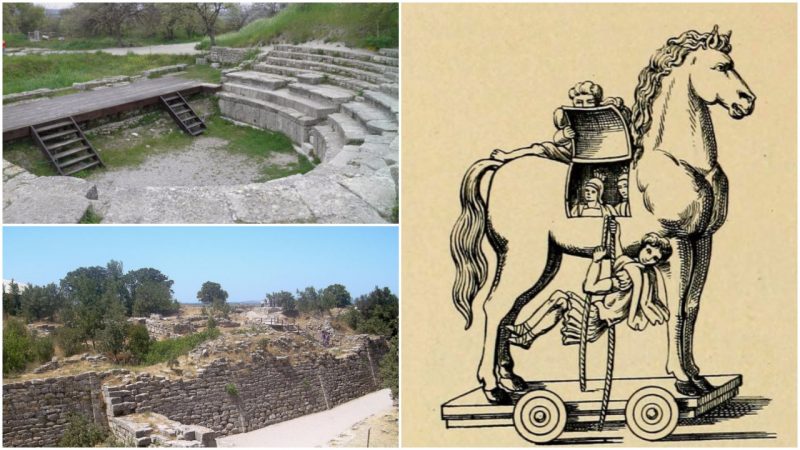It is a story that’s been told ever since the ancient era, but the war of Troy always makes for a compelling narrative. As it goes, the clash between the kingdom of Troy and Mycenaean Greece would happen as soon as Prince Paris from the Trojan side committed the unforgivable act of stealing Helen, the Queen of Sparta.
Shortly after, Helen’s spouse, Menelaus, asked for a campaign against the Trojans, calling Agamemnon, his brother, and king of the Mycenae, who would also call on several other Greek heroes the likes of Achilles, Ajax, and Odysseus. All together, they set the course of their vessels toward Asia Minor, where they arrived and laid siege to Troy, demanding the return of Helen.
One of the best-remembered sieges in ancient history, the offense of Troy lasted 10 years. Throughout this time, many things changed, and some of the heroes on both sides lost their lives. Until one day, when the Greeks withdrew from their tents, leaving a massive horse made of wood in front of the city gates.

The Trojans intensely debated what should be done with this “gift,” and they eventually admitted the horse into the boundaries of their city. That would turn out to be their greatest mistake, as soon enough the Greek warriors hidden inside the horse took over the city from the inside out, the entire action led by Odysseus.
Normally, this is the first and the last story we think of when someone mentions Troy. It’s a story retold by some of the greatest intellectual minds of antiquity, most notably Homer. If it weren’t for his works such as The Illiad and The Odyssey, we might have forgotten all about it until now. But as it turns out, we have possibly lost plenty more amazing stories connected with Troy, at least that’s what archaeology tells us.
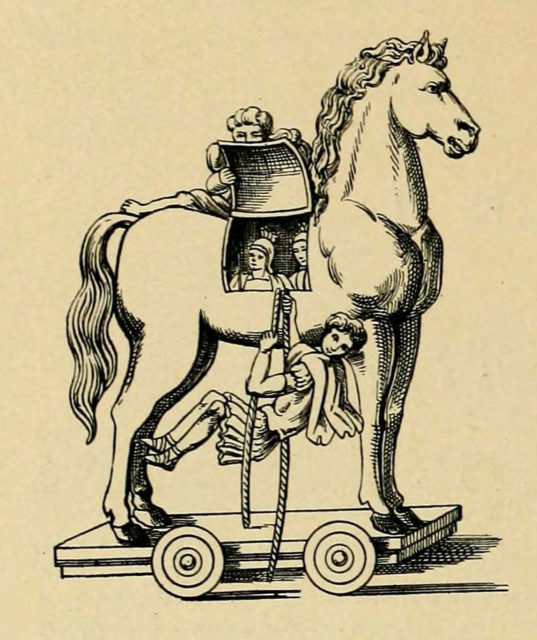
There have been a lot of heated debates whether a site located in the northwest of Turkey, known as Hisarlik, really is the ancient city of Troy. But experts, eventually sealed the deal: Hisarlik was Troy, and evidence suggests that it was a site well inhabited long before it became the setting of the world famous Trojan war.

According to archaeologists, there have been at least nine or ten different cities of Troy, as many as 46 habitation levels in total, unraveled through excavations conducted at Hisarlik. Out of them all, only one was involved in the great war.

“There is no single Troy; there are at least 10, laying in layers on top of each other,” affirms Gert Jan van Wijangaarden from the University of Amsterdam, in his book Troy: City, Homer and Turkey.
The first excavations of the Hisalrik site commenced with the German-born archaeologist Heinrich Schliemann in the 19th century. Each discovered city layer was numbered, naming them, from Troy I to Troy XI. The very first Troy made only a small settlement, village-like, but was still enclosed with walls. It probably existed roughly in between 3000 and 2550 BC.
Traces of larger dwellings were noticeable in Troy II, which would have flourished somewhere in between 2550 BC and 2300 BC. There were some treasured artifacts dated to this period, such as golden and silver items, dozens of earrings, beautiful bracelets and diadems, as well as more than 8,500 rings, many of them golden too. Troy was well developed by this time, and it certainly traded with other kingdoms of Asia.
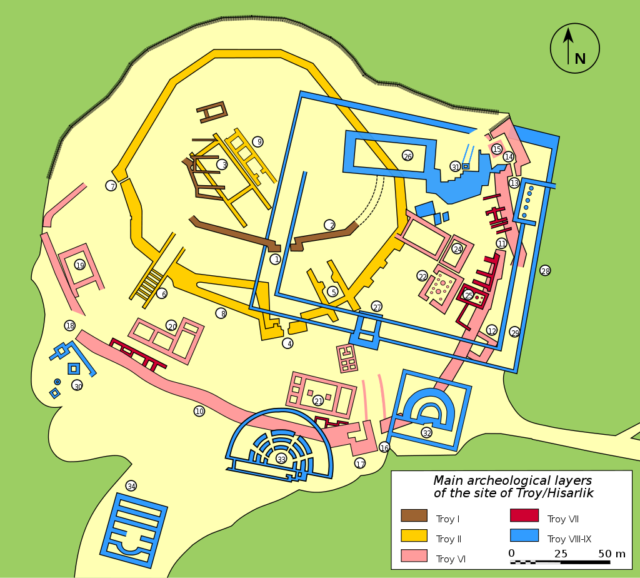
There are gaps in our understanding of what happened with the habitation in between 2300 BC and 1750 BC, most probably because of Schliemann, who had been pretty reckless when conducting the early excavations on the site (reportedly he used even dynamite). So, compared to Troy II, we know far less about Troy III, Troy IV, and Troy V. It is certain, though, that the Trojans continued their communication with different territories as well as being influenced by other cultures, given findings such as shards of Minoan pottery.
Troy VI, which would have thrived in between 1750 BC and 1300 BC, should most likely be the city that was besieged as narrated by Homer. Such statement can be backed up by the presence of the astounding fortification walls visible at Hisalrik. At some places, the wall is as thick as 16 feet, as well as reaching a height of almost 27 feet.
The ancient Trojan engineers and builders would have built them with huge blocks of limestone. Also, they made sure to erect towers, so to show off the affluence of their kingdom as much as the need to defend it. Once upon a time, these walls could have been further topped by bricks made of mud, plus more structures of wood and stone to help its defenders from the inside. Which would closely match the Homeric depiction of “strong-built Troy.”
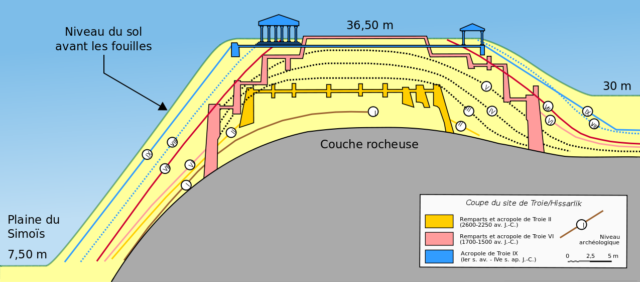
An original feature of the walls of Troy VI is that it incorporates slight offsets in its design, approximately every 30 feet or so. This way, the wall took a curve all around the site excluding the need for corners, which otherwise made the weakest points in any other stronghold.
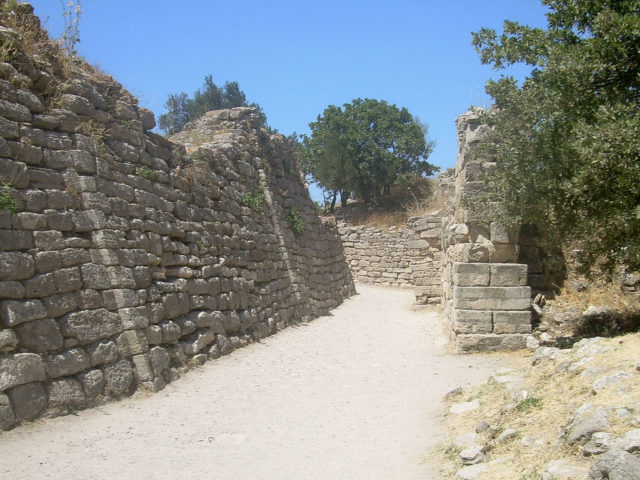
Other findings unearthed at Troy VI display a good deal of evidence that the Trojans had developed wool production, as well as the earliest use of horses on the site, perhaps an echo of another of Homer’s well-noted attributes for the Trojans. The shards of pottery from this era are similar to those of the Greeks, but the kingdom also conducted trades of ceramics from several places, including Cyprus and Crete.
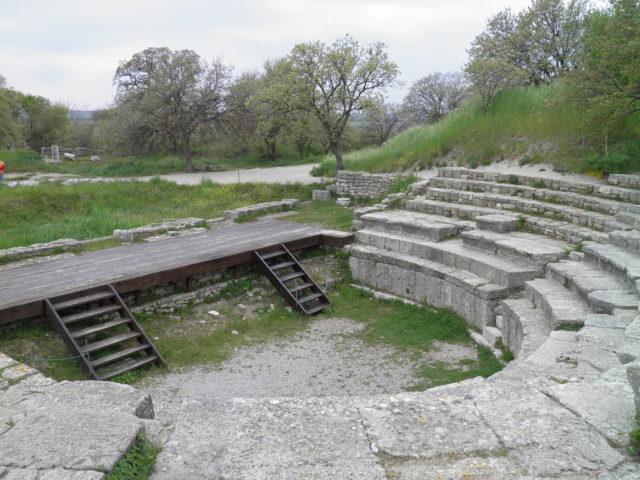
It is not known when exactly Troy VI diminished, but when it did, the city’s adversary spared it from complete destruction. Traces of fire, arrowheads, slingshots, and tips of spears found fixed in the strongholds are all artifacts denoting that some harsh fighting happened here, roughly around 1250 BC (which would further match the dates set for the Trojan War as noted by Herodotus).

At least for a while after this Trojan War, the city must have been left abandoned. The era of Troy VIIa and Troy VIIb began sometime between 1300 BC and 950 BC. Some parts of the stronghold were reconstructed, but the evidence tells there was a decline in the quality of building as well as general production around this point. Troy VIIa and VIIb would both suffer in great fires.
What happened to Troy VIII, as well as the Troy IX, seems way less exciting. However, by this time Troy was on its way toward the inevitable decline and end. Reportedly, it was first the Greeks, then the Romans who made use of Troy, and eventually life ceased on the site somewhere around 550 AD. The days of ancient and prosperous Troy and the brave fights fought at its wall would never be forgotten.
